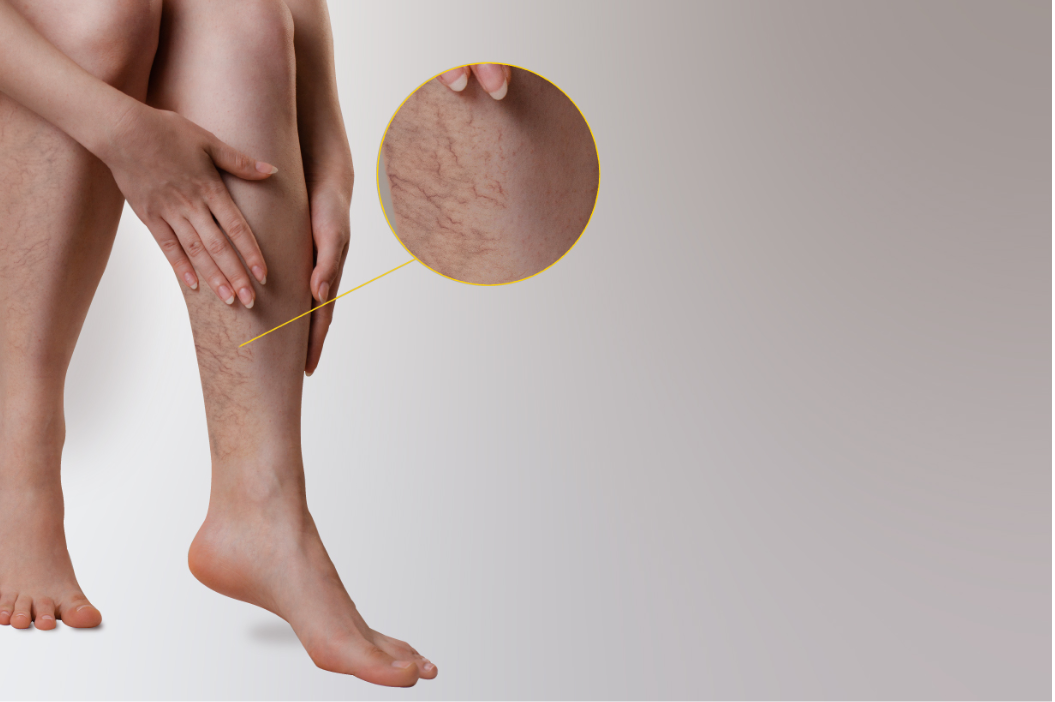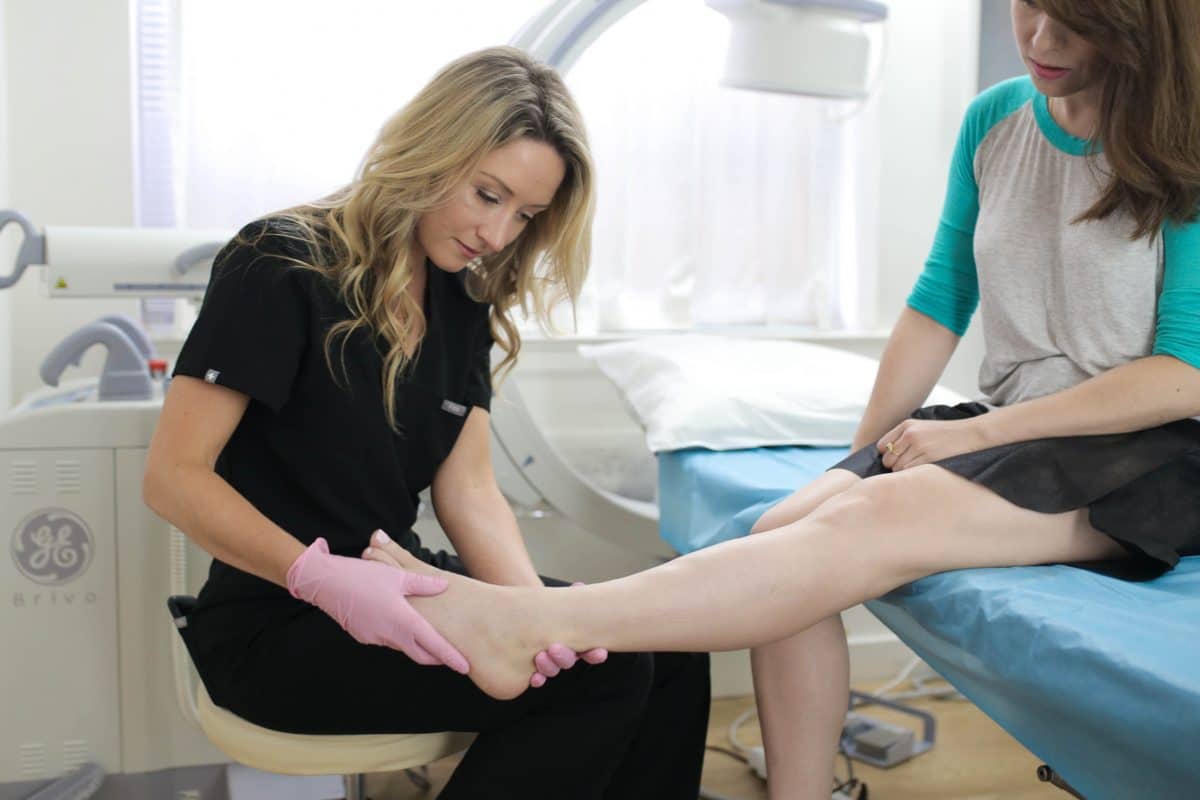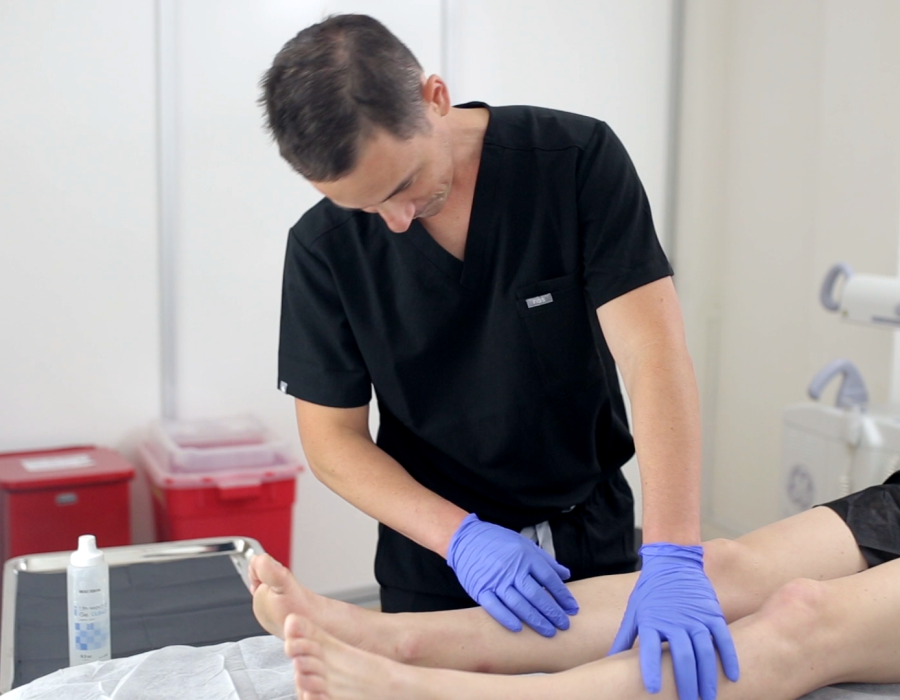You might have often heard that people are facing problems with their veins or that their veins are changing color. After listening to this, you might get tense about how this could happen. But this is all called varicose veins. In modern times, having this problem is quite normal, as many people suffer from it because there are many changes in their diet and lifestyle. Varicose is a common condition that can cause discomfort and aesthetic concerns, so finding effective treatments is crucial. In this article, you will learn how to protect yourself from varicose. To know more about it, continue reading it.
What are the varicose veins?
For a better analysis of the function of compression stockings, it is necessary to review the pathway that causes varicose veins and what doctor treats varicose veins. Veins have valves that ensure the blood flows upwards and towards the heart. The valves fail in the veins and, as a result, clot up, increase in size, and become varicose. The symptoms, like aching, swelling, and the feeling of heaviness in the legs, generally characterize this condition.
The functionality of compression stocking and its associated therapies.
Compression stockings are designed to put pressure on the lower legs, especially to maintain blood flow and reduce discomfort and swelling. The idea is simple yet effective: in doing so, the stocks tend to push the blood supply lost through the gravity principle due to venous insufficiency back toward the heart.

Scientific Backing and Benefits
Several studies and clinical guidelines provide evidence-based recommendations for using compression stockings for varicose veins. Graduated compression stockings apply more force at the ankle and less at the thigh, according to the Society for Vascular Surgery and the American Venous Forum, and are especially helpful in preventing DVT. These stockings have been proven to relieve pain and swelling and, in some instances, can prevent the progression of varicose veins.
- Symptom Relief: Most patients experience a significant improvement in leg pain, swelling, and fatigue when putting on compression stockings. This is especially important for those who stand or sit for long hours.
- Preventive Measure: Compression stockings can prevent varicose veins in people predisposed to their development, including those with a family history or who are pregnant. They ensure the appropriate blood flow and vein care.
- Post-treatment Maintenance: Compression stockings are often recommended for individuals who have undergone surgical or non-surgical treatments for varicose veins to enhance the recovery process and prevent recurrence.

How to choose the right stockings?
Well, you are now aware of the functions of compression stockings, so it is important to know how to choose them correctly. Knowing the fit is right for you will work more effectively. Notably, they come in various compression levels, measured in millimeters of mercury (mmHg). Mild compression (8–15 mmHg) might be sufficient for mild symptoms or preventive use, while higher levels (20–30 mmHg or more) are typically prescribed for more severe symptoms or post-treatment care. Depending on each patient's demands, healthcare specialists can assist in choosing the right size and compression level.
To sum up
Compression socks are an essential asset for controlling varicose veins. They offer relief from symptoms, halt progression, and assist in recovery after treatment. Although they are not a complete solution, they are essential to a holistic strategy for maintaining vein health. To get a clearer idea of what is a vein specialist called and the vein treatments, you can take a consultation session with an expert.






Comments